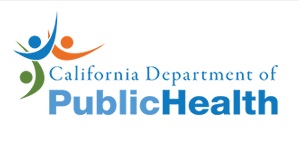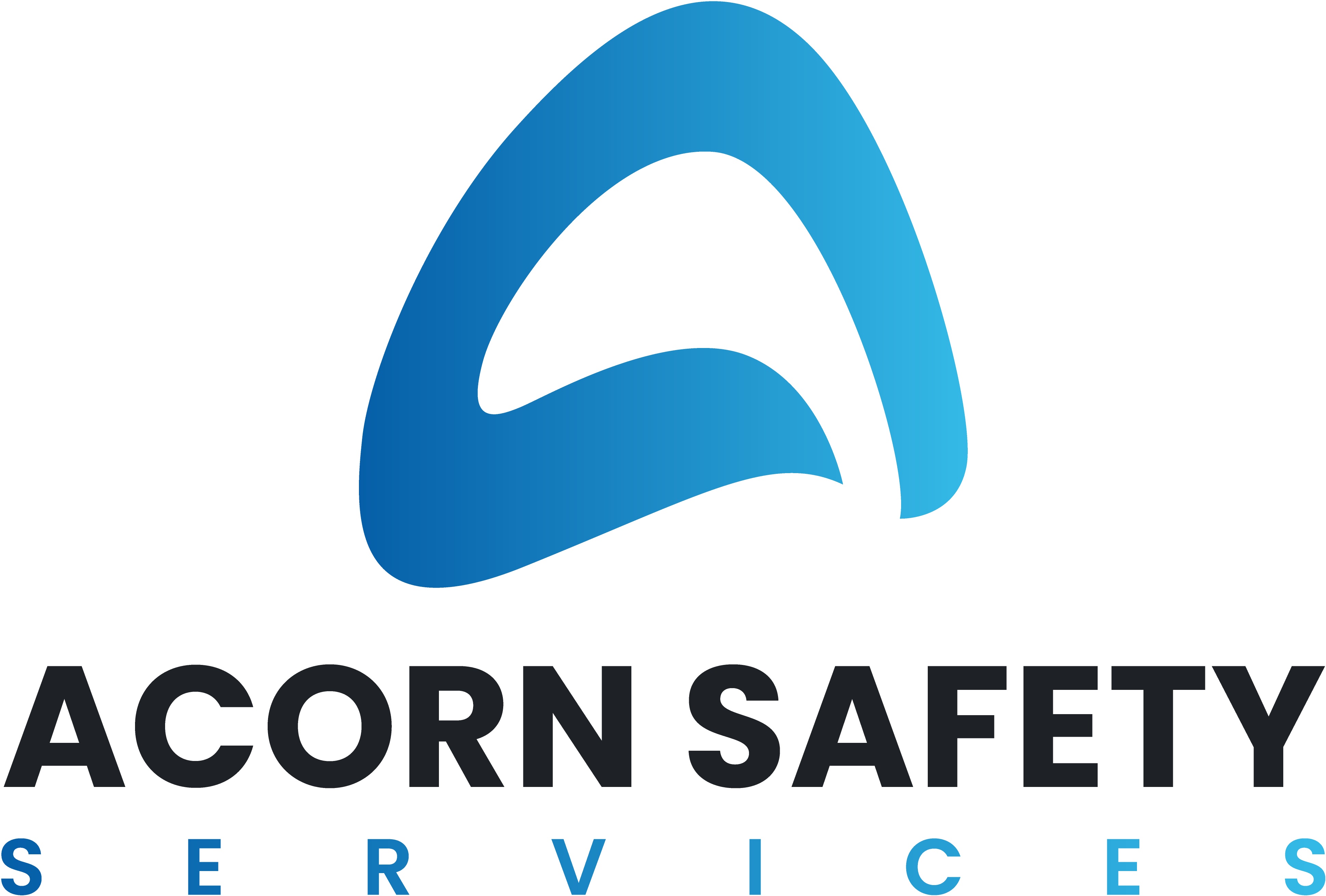Title Page
-
Visit number
-
Name of Shopping Centre
-
Centre contract Tel:
-
Contact name
-
Contact email address
-
Surveyor name(s)
-
Surveyor contact Tel:
-
Surveyor email address:
-
Date of Survey
-
Predicted Installation Date:
-
Man power and days required to complete:
-
Equipment Required:
-
Brief description of work to be undertaken: Note: all work activities are to be carried out in accordance with H&S current procedures, as listed in subsection K.
-
A) Access to Place of work: Note any specific equipment required to gain access to the work area/position.
- Scaffold
- Ladder
- Walkway
- MEWP
- Stairway
-
B) Workplace Area Security:
- Fixed Barrier
- Notices
- Warning Tape
- 2nd Person
- Other
-
Give brief details of how safe access will be controlled and maintained to reduce to the likelihood of an incident occurring, to include 3rd parties.
-
C) COSHH:
- Flammables
- Hamful
- Explosives
- Radiation
- Toxic
- Dust
- Irritant
- Corrosive
- Fumes/vapours
- Other
-
Give brief details of any hazardous substances to be used onsite and precautions taken to ensure safety of workers and others that might be affected by their actions.
-
D) Asbestos - Surveyor must examine the asbestos register if asbestos containing materials (ACMs) are present anywhere in the work area. And the details the control measures that are required if ACMs are identified.
-
E) Safe System of Work: Communication Equipment:
- Two-way Radio
- Mobile Phone
-
Safety Notes - ensures all radio are on the same frequency and that it does not interfere with other uses e.g. Emergency Services
-
Define specific safety routes and control measures for either - vehicular movement or pedestrians
-
F) Onsite traffic routes for equipment movement. Have the following Floor conditions been assessed?
- Strength to support loads
- Segregation of vehicles & pedestrians
- Slips
- Hazards sign
- Trips
- Speed limits
- Falls
- Visibility
- Obstructions
- Parking
-
G) Personal protective equipment: Relevant PPE is to be worn at all times. The following list of company issued equipment is the minimum of what is expected for the Engineers to wear relating to an activity. Not excluding what control measures are in place after the dynamic risk assessment is completed, which could change the list: a) Work area general – Hardhat, Safety Footwear, gloves and uniform b) Work at Height – in addition to the above; Harness and Fall arrest equipment c) Drilling activities – in addition to the above; goggles, masks, hearing protection Any additional PPE required and specific reasons for its use are to listed here.
-
H) Training and instruction: What training and instruction is required for employees to carry out the work safely:
All Sky – HS&S Staff are to be fully aware of the work area and activities taking place. All HS&S staff are trained in the activity to be carried out. A full list is available on request.
If there is a Property Management/Security briefing from the Customers representative they shall adhere to their guidelines at all times.
If no briefing is given the Lead Engineer will deliver a briefing on the work area; work activity to be carried out and any other control measures in place, found on the dynamic risk assessment and in addition to this RAMS document. -
I) Supervision: Lead Engineer. Detail the level of supervision to be provided and describe their responsibilities with regard to monitoring the safe working activities (inc.3rd Parties):
The ‘Lead Engineer’ is the Engineer who has been issued the job.
The Lead Engineer is responsible for the following, but not limited to –
• Carrying out the dynamic risk assessment
• Communicating the findings of the risk assessment to all Engineers and third parties if required
• Ensure the method of work is carried out in a safe and timely manner
• Ensure the work area is left in a tidy state, all waste is to be removed and disposed of accordingly -
J ) Local information & safety notes:
Local fire plan: in accordance with the site owners procedures
Local briefing: Task brief given prior to commencement of the task by team Lead Engineer
Welfare arrangements: If available and authorised use of facilities on site
EMERGENCY & RESCUE PROCEDURES
In the event of an incident occurring the following actions should be taken, this is in addition to the Commercial Premises emergency plan:
• Verbal and visual communication. Shout the casualties name to gain their attention and gauge response. Get into position where the casualty may be observed.
• Contact emergency services. Call 999 or 112. Ensure that if rescue from height is required the emergency services are informed and the situation accurately described.
• Assist emergency services. Once emergency services are on site, assist as required under their guidance.
• Inform Team Manager. It is essential that the Team Manager is informed of the situation and allow the accident management procedure to be followed.
Post incident - Report all incidents and accidents in accordance with BSkyB Accident and Incident Reporting Procedures.
On completion of the task – the Engineers will –
• Remove all work equipment – tools etc
• Carry out an ‘after use’ inspection of all equipment used, and
• Store in the appropriate bags
• Carry out site audit
• Clear and tidy site – remove all waste and dispose of accordingly.
• Remove all warning and caution signs previously installed
Extra pages are to be annotated as Annexes -
K ) All work activities are to be carried out in accordance with the main HS&S current procedures listed below, but not limited to
• Working on ladders
• Manual Handling
• Access to and from work
• Risk Assessment process
• PPE
• Drilling procedure -
L ) METHOD STATEMENT
- Lead Engineer
- SEs
- Engineers
- Others e.g. First Aider
-
Full method statement: Breakdown of the work activity & the safety precautions to be taken at each stage: It is useful to use and make reference to - photographs and diagrams (to be attached as an Annex). The following is generally divided into specific sections, but is not limited to – Access; Dish position/location; All Cable routing; STB location. Note – consideration to 3rd parties must be co-ordinated at all times.













